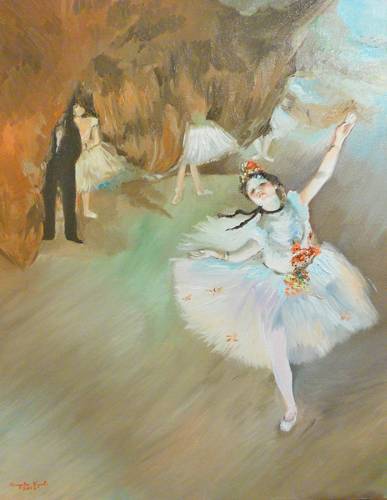Mathematics and dance are closely intertwined, with each influencing the other in various ways. Judith Rivas, a specialist in the field, highlights this connection by discussing how math plays a role in ballet, contemporary, social, folk, breakdance and belly dance.
In ballet, for instance, specific positions and movements are named using numerical terms to describe hand and foot placement. Different styles of dance are associated with specific musical rhythms and time signatures that dictate the number of beats and steps taken. For example, social dances like merengue and polka have a two-quarter time signature resulting in two steps per measure.
Furthermore, Rivas emphasizes the geometric aspects of dance. In Mexican folk dances, steps are often named using numerical terms such as “eight vices” or “seven sins.” Geometry plays a crucial role in standard ballroom dances where couples move in circular motions around the dance floor.
Rivas also discusses symmetry and isometries used by choreographers to create unique dances with symmetrical movements and formations. Choreographers like Rudolf Laban and Merce Cunningham have explored the relationship between dance and geometry in their work. Laban developed a notation system for dance based on geometric figures while Cunningham used chance choreography to create unique sequences.
Overall, the connection between mathematics and dance is evident in music structure, movement geometry, choreographic decisions made by dancers and choreographers alike. Understanding this connection can enhance performances while creating innovative choreographies that integrate mathematical principles into their work.
Dancing is an art form that has evolved over time to incorporate mathematical concepts such as rhythmic patterns and geometric shapes into its routines. While there may be variations among different types of dancing styles such as ballet or hip hop, these variations ultimately stem from underlying mathematical principles that govern music composition and movement technique.
For instance, many popular songs use different time signatures which dictate how many beats are played within each measure of music. A time signature of 4/4 means four quarter notes per bar while 6/8 indicates six eighth notes per bar.
Dancers also rely heavily on their understanding of mathematics when it comes to executing complex movements during their routines. This includes calculating timing accurately to ensure seamless transitions between different moves.
In addition to rhythmic patterns, geometric shapes play an essential role in dancing as well. Many traditional folk dances involve intricate footwork patterns that replicate specific shapes or forms.
Choreographers often use mathematical principles to create visually stunning routines that incorporate symmetry or repetition throughout their pieces.
Overall, whether it’s through rhythmic patterns or geometric shapes dancing relies heavily on mathematical concepts to bring its artistry to life.
